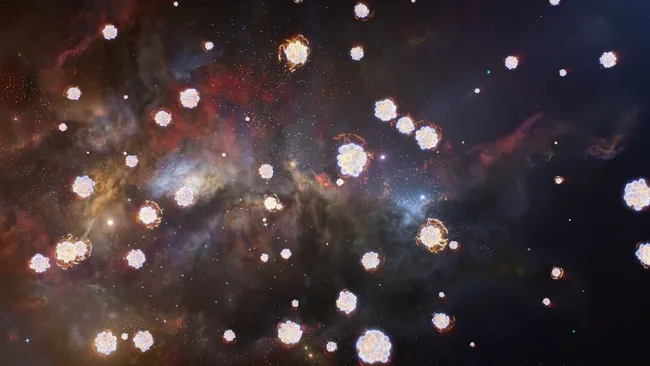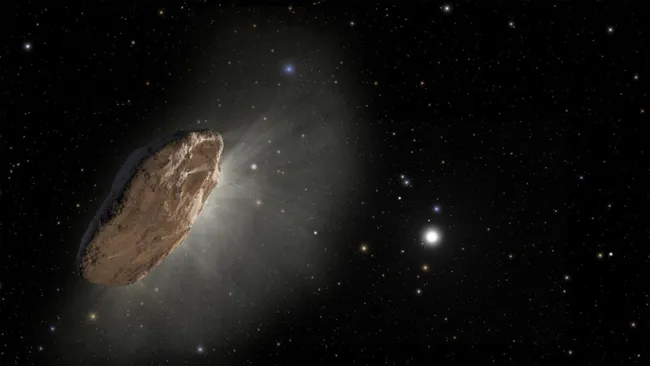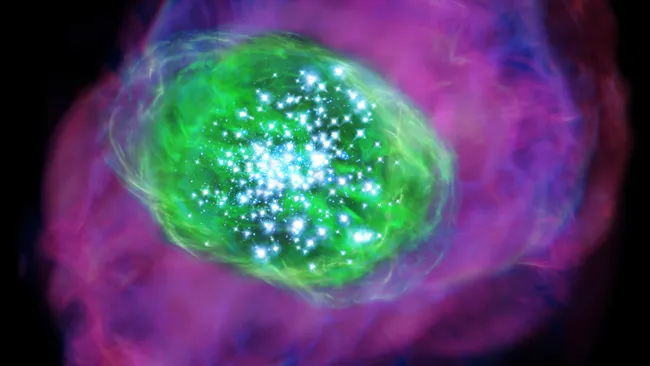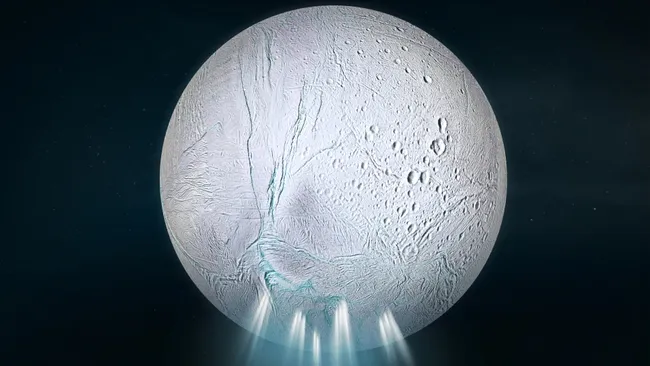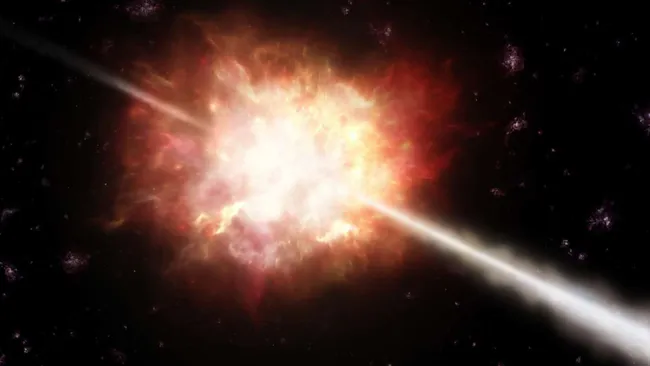For the first time, scientists have recreated the universe’s first molecules under conditions mimicking the early cosmos. The discovery challenges long-standing theories about early star formation.
Published on July 24 in Astronomy and Astrophysics, the study calls for a reassessment of helium chemistry in the early universe. Just after the Big Bang 13.8 billion years ago, hydrogen and helium formed as the first elements. Hundreds of thousands of years later, their atoms combined with electrons to forge molecules.
Researchers highlight that a helium hydride ion (HeH+) was the very first molecule. This ion was essential for creating molecular hydrogen, the most abundant molecule in the universe today. Both helium hydride ions and molecular hydrogen were critical in shaping the first stars in the universe hundreds of millions of years later.
For a protostar to begin fusion, atoms and molecules must collide and release heat. Normally, this process is ineffective under 18,000°F (10,000°C). However, helium hydride ions excel in supporting the process at cooler temperatures, making them vital in the early stages of star formation.
In their experiment, researchers recreated early helium hydride reactions by cooling ions to minus 449°F (minus 267°C) for up to 60 seconds before colliding them with heavy hydrogen. Unlike previous predictions, reaction rates did not slow at lower temperatures.
“Previous theories predicted a significant decrease in reaction probability at low temperatures, but we did not observe this,” said Holger Kreckel from the Max Planck Institute for Nuclear Physics.
These findings suggest helium hydride ions played a far greater role in cosmic chemistry than assumed. The results redefine how scientists view the formation of the first stars and the evolution of the universe itself.
The recreation of the universe’s first molecules marks a groundbreaking step in understanding our cosmic origins.

